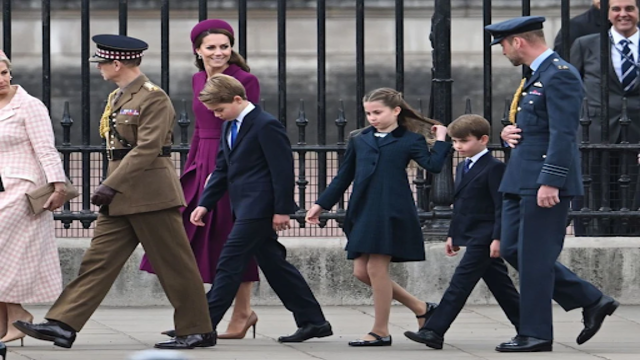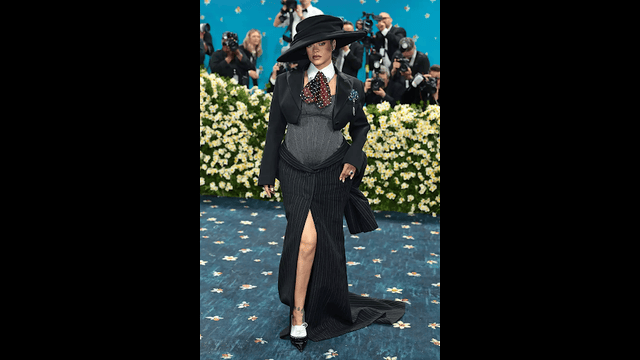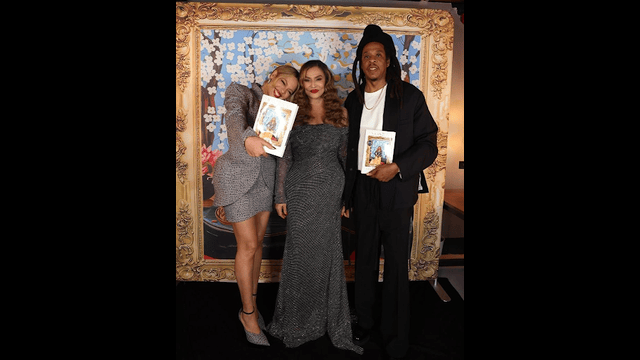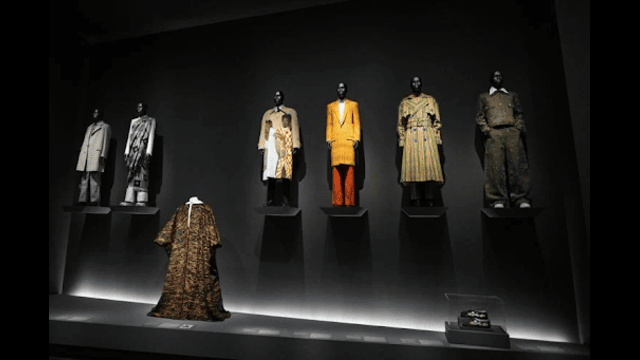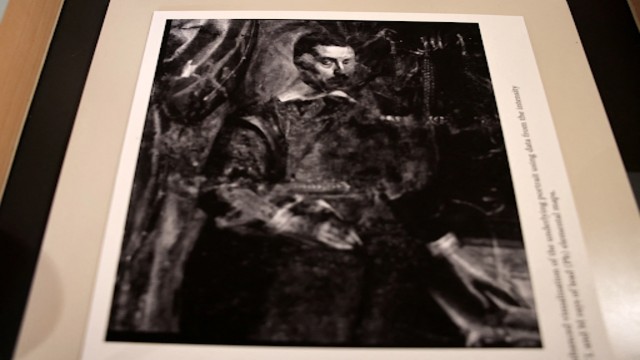
Researchers uncovered a hidden portrait beneath "Ecce Homo" using non-invasive methods. REUTERS
In Cyprus, researchers have uncovered a hidden portrait that has been hidden beneath a famous 1570 painting by Renaissance artist Titian for centuries. The new discovery, now displayed in Limassol, reveals the image of an unknown man with a thin mustache, holding a quill, standing beside a stack of books or papers. This previously unseen painting is far simpler than the iconic scene of Jesus Christ, wearing a crown of thorns, that Titian later painted over it.
Professor Nikolas Bakirtzis, who led the research team at the Cyprus Institute (CyI), spoke about the surprising discovery, calling it a hidden secret beneath the surface of the artwork. He explained that the painting, called "Ecce Homo" (meaning "Behold, The Man"), had been thought to show a scene of Jesus standing next to Pontius Pilate, the Roman governor who presided over Jesus' trial.
The team found the hidden portrait while preparing "Ecce Homo" for conservation. Under a microscope, they noticed distinct pigments through the cracks in the painting’s surface. The discovery felt like “uncovering a puzzle,” Bakirtzis said. The researchers used advanced imaging techniques and non-invasive methods to explore and reconstruct the hidden image of the man.
The figure, seen with a quill in hand, appears to be a professional man, possibly a banker or lawyer, based on his attire and the setting around him. His portrait was covered by Titian, who reused the canvas and turned the earlier image upside down to create the "Ecce Homo" scene.
A visitor observes Titian's "Ecce Homo" painting at the Limassol Municipal Arts Center. REUTERS
Bakirtzis, an expert in art and architectural history, believes that the unidentified man could have been painted earlier by Titian. "It is clearly the portrait of a banker, a lawyer, some professional man in his workspace," he said. The team’s investigation revealed that Titian had a habit of reusing canvases, and this was one of the rare cases where a full portrait had been painted over with a completely new composition.
An exhibit of Titian’s "Ecce Homo" and the newly discovered portrait opened in Limassol in late January. The show, which runs until March 10, offers visitors a chance to explore both the famous artwork and the hidden masterpiece beneath it.
Titian, born in 1488, was a renowned Venetian painter known for his incredible body of work. Throughout his career, he produced hundreds of paintings, many with the help of his studio. His ability to reuse canvases for unfinished works was a common practice, but this discovery is particularly significant, as it provides a clear example of him directly painting over an earlier composition.
Bakirtzis noted that the "Ecce Homo" painting shows Titian's skill and confidence as an artist. He believes that Titian used elements of the earlier portrait, including the man’s jawline, to form the ropes binding Christ’s wrists in the final scene. “This shows the hand of a confident artist,” Bakirtzis said, adding that this version of “Ecce Homo” highlights Titian’s mastery.




